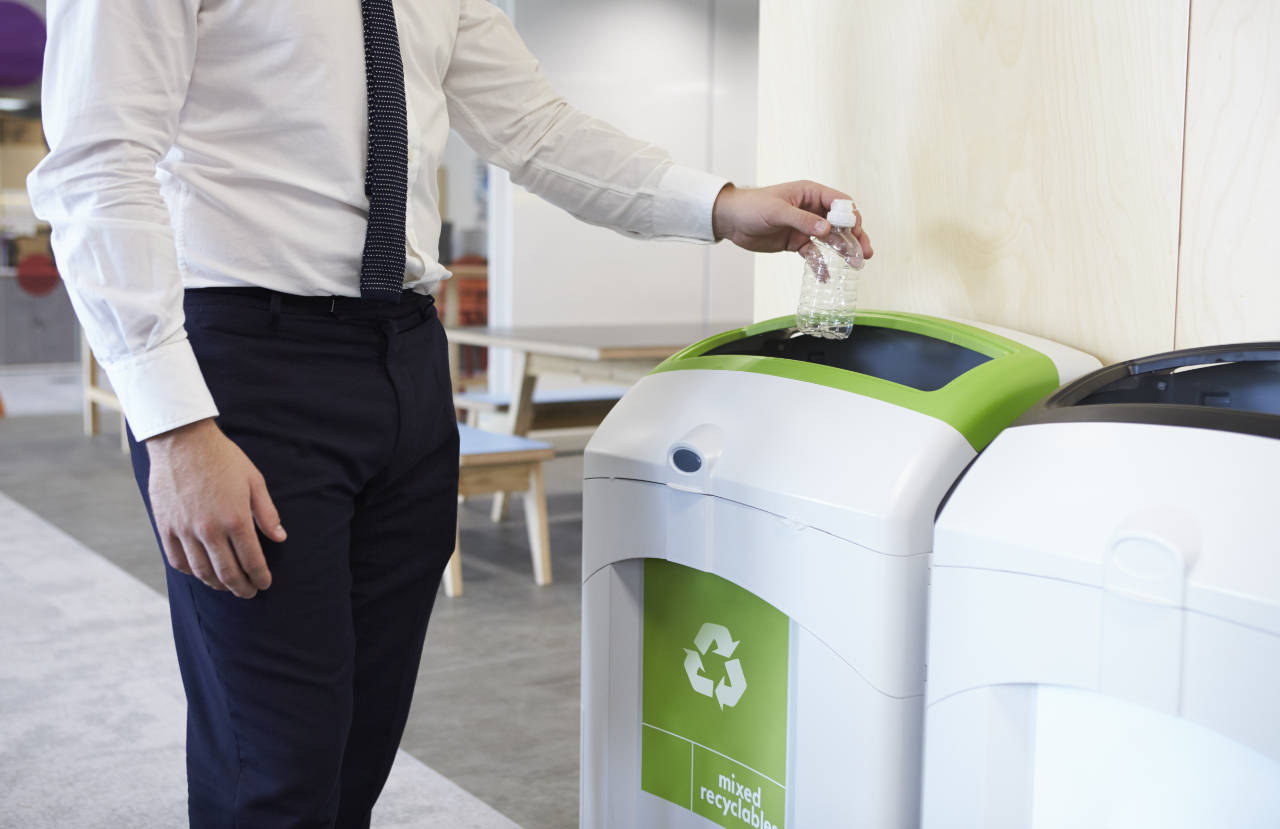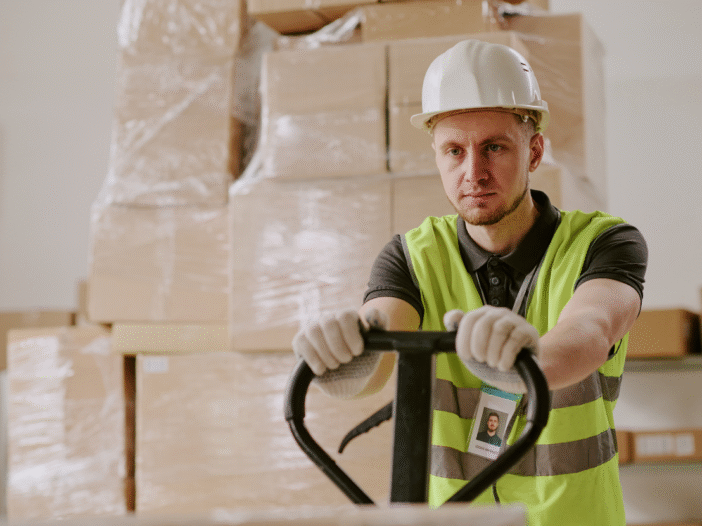
Turning your office into a haven of environmental awareness doesn’t need to be complicated. There are practices your organisation can adopt to bolster your green credentials and motivate your employees to follow suit while at work.
It’s becoming more important than ever for companies to play their part in tackling climate change. According to a 2022 Statista report, 35% of people surveyed believe companies are responsible for solving global environmental problems.
In the UK, SMEs are estimated to account for around 50% of all commercially-driven carbon emissions. Taking steps to address your organisation’s environmental impact can make your workplace more attractive to employees.
Research shows that 65% of people were more likely to work for an organisation with authentic environmental credentials. From introducing green days to encouraging a paperless environment, your organisation can increase environmental awareness with employees and customers, and play its part in creating greener workspaces.
How to increase environmental awareness in the workplace
Below are just some practices you can introduce in your workplaces to show employees and customers that your organisation is serious about going green.
1. Measure your carbon footprint
A great place to start is to measure your organisation’s environmental impact.
Tools such as the Carbon Trust’s SME carbon calculator will help you work out your organisation’s emissions. You can also measure other activities such as how your organisation handles and recycles waste, and employee activities such as energy use, lighting and transport.
Don’t keep the measurements tucked away. Publish your results so employees can see your organisation is committed to transparency and set targets that demonstrate that your organisation is serious about improving its environmental impact.
2. Go paperless
Reducing workplace printing can reduce the number of ink cartridges and toners organisations throw away, which can damage the environment. Around 65m ink cartridges are sold each year in the UK – yet only around 15% are recycled or reused. Encourage your employees to switch to cloud-based services for invoices, emails, reports, and client files to help reduce paper and ink usage.
Add a message to emails and documents to remind employees to avoid printing where possible.
3. Improve workplace lighting
Assess the use and type of lighting in your workplace. Lighting may be left on in unoccupied premises or rooms, costing your organisation money and increasing energy use.
Automatic lighting can reduce energy use by turning off when movement is no longer detected. Setting a morning timer for them to turn on, and an evening timer for when you leave, could go a long way in increasing your organisation’s energy efficiency.
4. Switch energy suppliers and sources
Assess energy supplies across sites and consider switching to renewable energy sources and suppliers.
A simple solution is to switch energy suppliers and buy gas and electricity from utility companies that use renewable energy sources. Many of the larger suppliers offer green energy tariffs, including Octopus Energy, E.On Energy and Ovo Energy.
5. Environmentally aware commuting
LSE reports that in the UK alone, 25% of carbon emissions come from travelling by car. By encouraging your employees to take the train or bus to work, or car-share with colleagues that live close by, you’re helping to reduce the amount of emissions cars let into the atmosphere. Your organisation could introduce a cycle to work scheme that reduces both emissions and commuter costs and offer season ticket loans to employees to encourage travel by public transport.
6. Green up your workspace
Transform your workplace by introducing more greenery – from plants and plant walls to creating external green spaces for employees to use. A greener workplace can help reduce stress and absentee rates and play a small role in helping clean the air. They absorb carbon dioxide for photosynthesis, and CIPHR also reports they can reduce carbon dioxide by 10% in air-conditioned buildings and by 25% in buildings without air conditioning.
7. Choose sustainable over single-use
Increasing environmental awareness can be done through trading the office products your employees use daily for more sustainable options, opting for reusable, recyclable and sustainable alternatives such as:
- 100% recycled paper.
- Fairtrade tea and coffee.
- Wooden stirrers.
- Plant-based Sellotape.
- Wooden or metal cutlery for lunches, such as knives, forks, and spoons.
- Eco envelopes.
8. Recycle more
Strengthening your organisation’s recycling policy can be another way of boosting environmental awareness.
Recyclenow’s workplace recycling tips on how recycling can be improved at work, such as removing bins from under desks and having specialist cardboard, plastic, and general waste bins at a single point in the office. Recycling properly can be cost-efficient and less time consuming for everyone in your office, and a coordinated effort can help increase employee collaboration and environmental awareness.
9. Ditch the plastic
According to a study by Deloitte, 61% of customers claim to have limited their use of single-use plastic, leaving organisations to find alternatives to plastics in the workplace, including in packaging, shipping, storage and as a material in manufacturing.
Plastic is incredibly damaging to the environment, with the government finding that more than one million birds and over 100,000 sea mammals and turtles die every year from eating or getting tangled in plastic waste.
Within the workplace, look to eliminate plastic use, such as installing a water fountain instead of using plastic water bottles. Manufacturing and retail organisations can switch to alternatives to plastic packaging, such as using materials such as corrugated packaging, biodegradable foam chips, bioplastics and wool.
10. Switch to electric hand dryers
Modern hand dryers can be both energy efficient and beneficial for the environment, according to PHS. While paper hand towel dispensers can be beneficial if the towels are 100% recyclable, many towels don’t make it into recycling processes and instead head to landfill sites. Electric hand dryers can reduce waste but opt for low-energy versions.
How to monitor environmental awareness?
There are several ways you can introduce any of the above steps into your workplace and keep track of if your employees are supporting these new measures:
- Making new environmental awareness measures visible and accessible to employees.
- Involve employees in planning and implementing environment workplace schemes.
- Deploy specialist training such as our Environmental Awareness Training which can help boost your organisation’s green credentials.


Tom Escobar
Director of Services & Training
